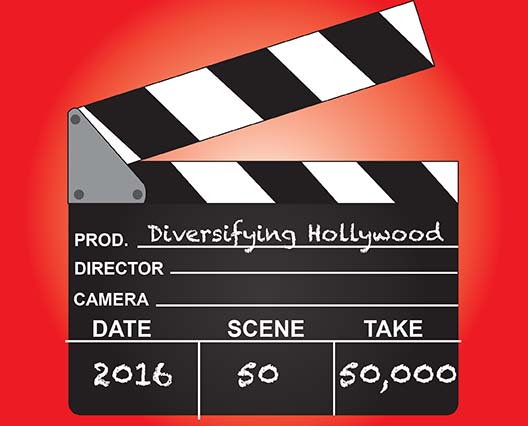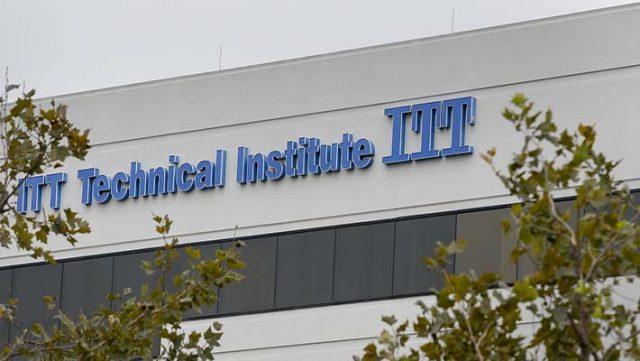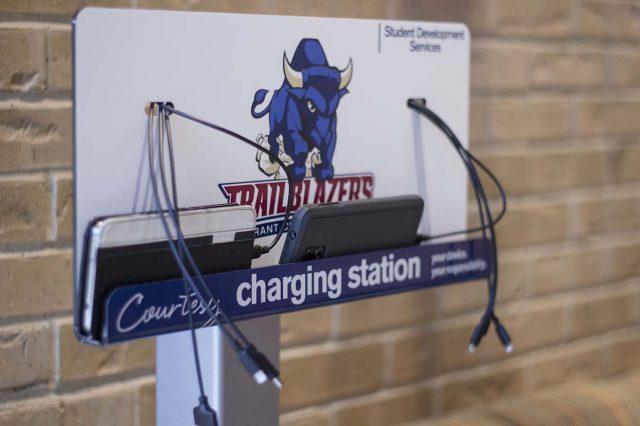One of the prime criticisms television and film always faced was representation of people of color.

Hollywood has a historically difficult relationship with representing race both equally and fairly. One of the first full-length features and still seen as one of the most important movies in the century of moving pictures, Birth of a Nation, featured people in blackface and an incredibly racist sentiment about blacks.
West Side Story, a musical about a Puerto Rican gang that wars with an Italian one, featured an Anglo actress in the leading role of Maria. This was just one of many roles of color that were given to white actors covered in thick layers of bronzer and told to speak with a “funny” accent.
In the ’90s, every teen comedy seemed to have that “token black guy,” a throwaway character who didn’t serve the plot. His only job was to joke about something happening at the moment before exiting stage right and going away until he was written in again.
For a long time, minorities had a hard time seeing themselves in films. While they may have identified with particular character traits, they didn’t see anything that resembled their hair, their skin or that of the people around them either. And only recently have people demanded more representation.
Hollywood has finally taken the time to step back and reassess its approach. With the success of Orange is the New Black and Transparent, television shows are seizing on an opportunity to change and reshape the appearance of their casts. The Flash television show switched the race of Joe and Iris West to allow for two African-American actors to portray the characters.
In television drama, Devious Maids, Empire, Scandal and How to Get Away With Murder continuously obliterate the old notion that casting minorities in lead roles would be devastating to the project’s success.
In film, Marvel Studio’s executive producer Kevin Feige promised Black Panther will feature a 90 percent black cast. And the cast that’s getting plenty of attention at the moment is the new Spiderman: Homecoming cast. Along with the casting of Zendaya to play Spiderman’s love interest, Flash Thompson will be portrayed by Tony Revolori.
Arguments are made that representation isn’t a big deal, that people can see past skin color and can connect to characters despite the vastly different appearance.
In an interview on The View, comedic actress Leslie Jones spoke about her emotional reaction to seeing Whoopi Goldberg on television for the first time.
“’Oh my God, there’s somebody on TV that looks like me! She looks like me! I can be on TV!’” she said during the interview. That statement alone explains the importance of promoting diversity through casting for television and films. Some children never truly understand what they can strive toward if they don’t see it in media they’re exposed to on a daily basis.
Asians are one of the least-represented groups in film and television, and they’re typically cast in servile or nerdy roles. Latinos and Latinas are also underrepresented, typically shown as drug dealers or hot-headed women with strong accents.
Change is slow in the realm of Hollywood, but it will come eventually. And when it does, people have to be ready to congratulate the industry in the only ways it understands: buying tickets or tuning in.




























